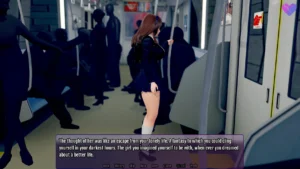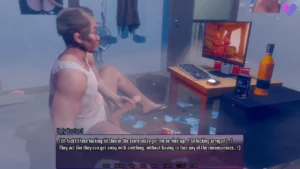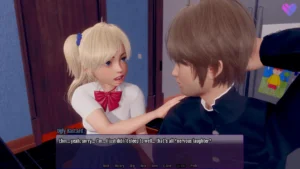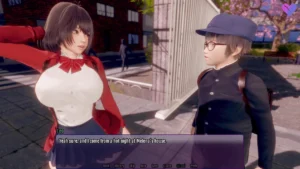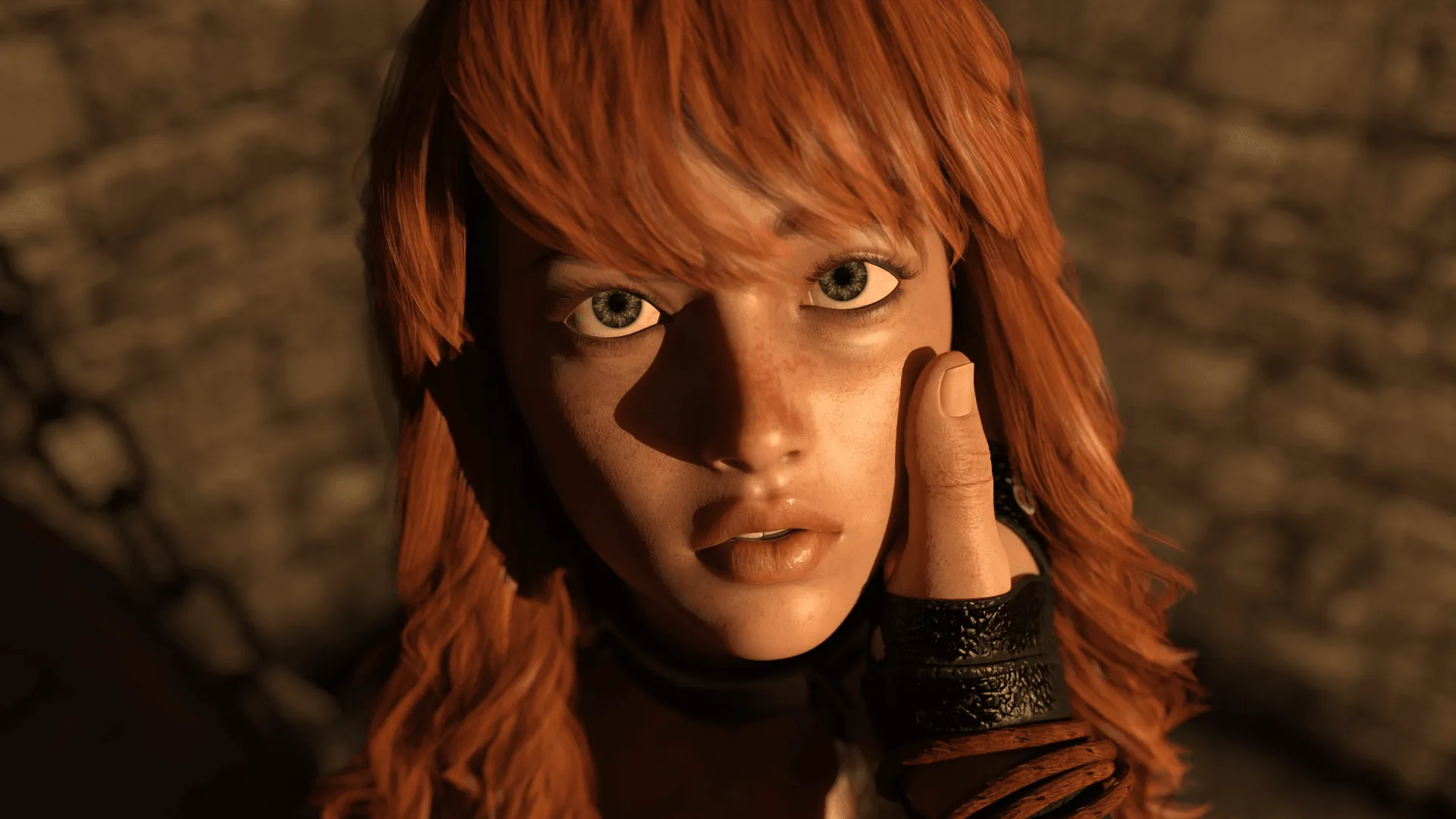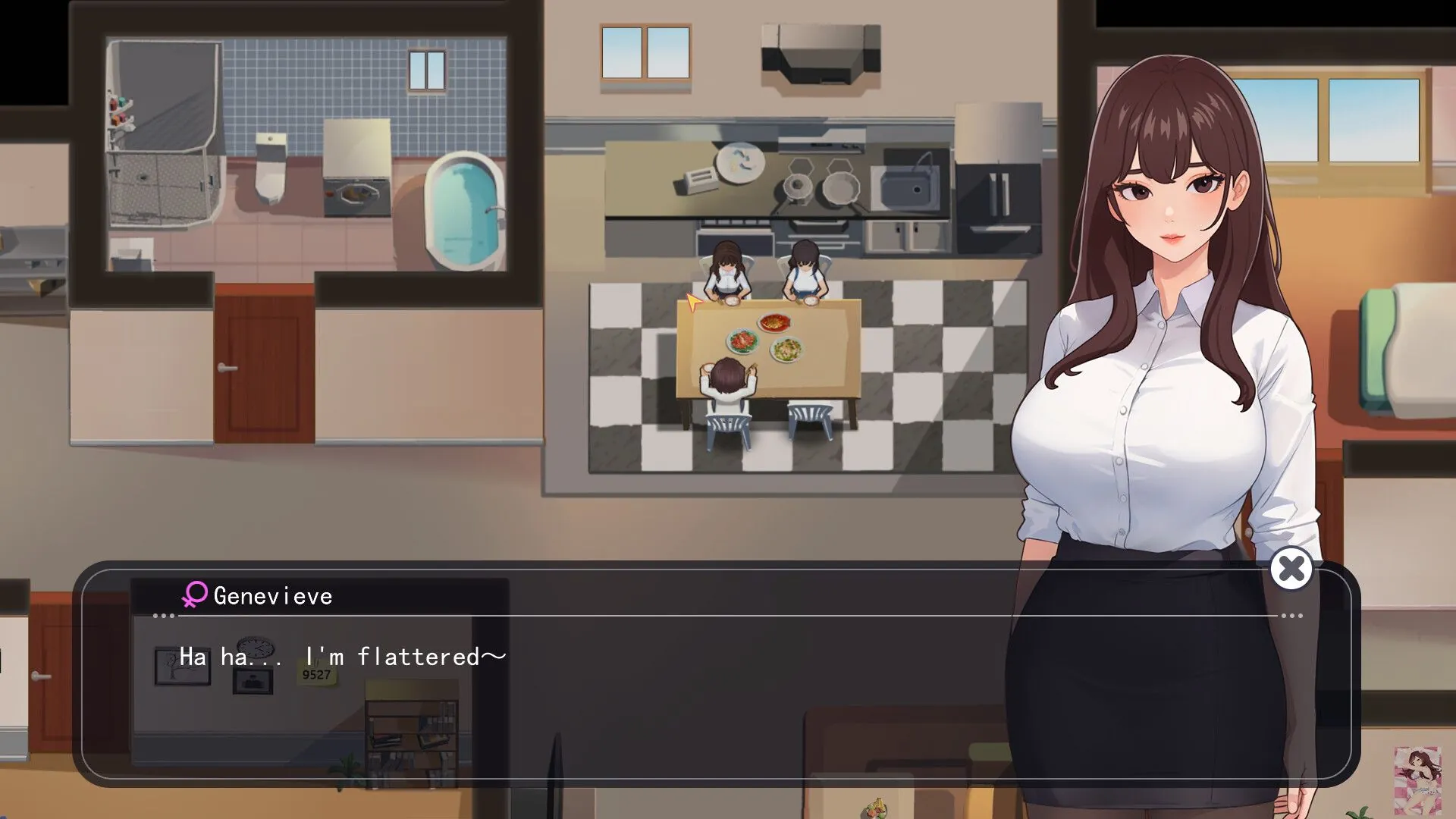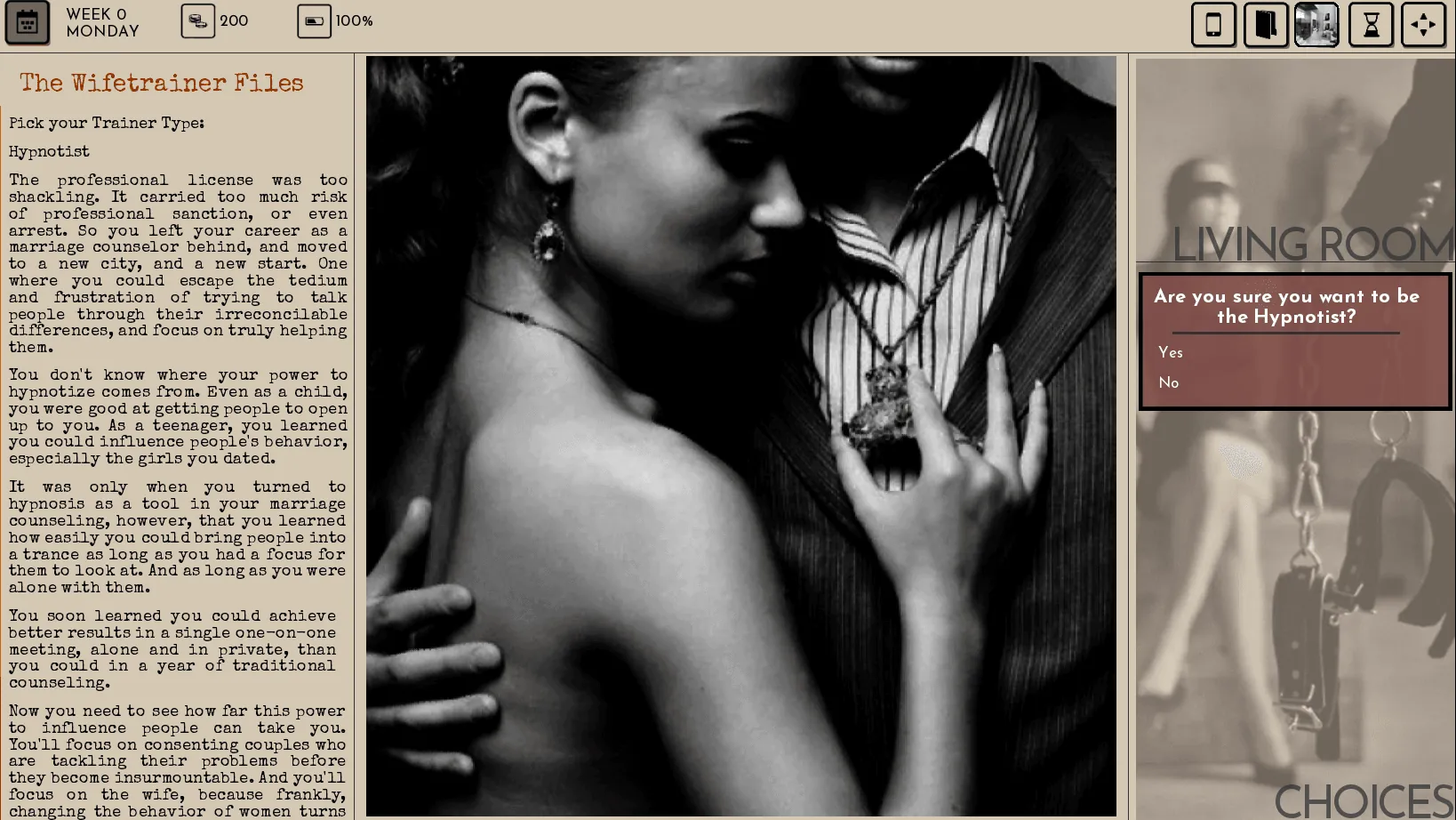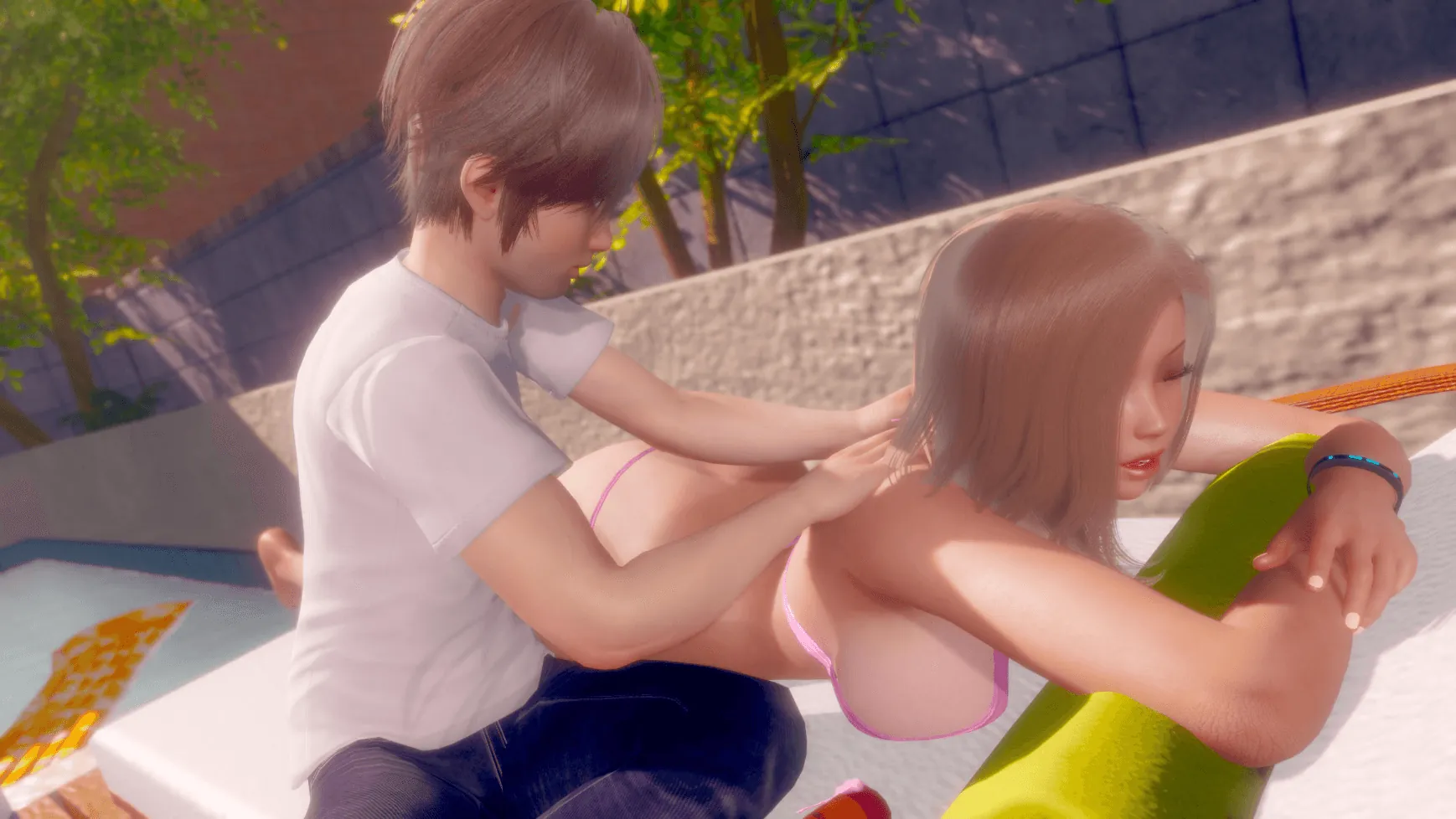
Twisted Memories
Play Twisted Memories
Twisted Memories review
Exploring the Story, Gameplay, and Characters of Twisted Memories
Twisted Memories is a provocative visual novel that stands out for its unusual storyline and character development. Centered on an older man who finds himself back in his younger body, the game explores themes of revenge and complex relationships through a slow-paced, narrative-driven experience. In this article, we’ll explore what makes Twisted Memories unique, from its gameplay style to its character dynamics, providing insights and personal observations to help you understand this distinctive title.
Understanding Twisted Memories: Storyline and Gameplay
What is the core narrative of Twisted Memories?
Picture this: you’re an elderly man, haunted by decades of regret, suddenly thrown back into your 18-year-old body. 😱 That’s the jaw-dropping premise of Twisted Memories, where you play as Victor—a bitter soul rewriting his past with ruthless precision. The Twisted Memories storyline centers on revenge, as Victor manipulates friends and foes to punish those who “wronged” him in his original timeline. 🔥 But here’s the twist: his actions unravel hidden traumas, exposing how grief and betrayal shaped everyone around him.
I’ll admit, during my playthrough, Victor’s viciousness made me uncomfortable—until I grasped his shattered psyche. His character motivations in Twisted Memories aren’t just about payback; they’re a distorted cry for control after a life of powerlessness. 🕰️ One scene where he sabotages a childhood friend’s future? Chilling. Yet, you slowly see his younger self’s innocence corroding under future-Victor’s influence. This duality makes the Twisted Memories game plot a masterclass in moral ambiguity.
💡 Pro tip: Don’t rush judgment on Victor. His complexity mirrors real human flaws—take notes if you write layered characters!
The narrative’s power lies in its interpersonal dynamics. Alliances feel like walking a tightrope, where a single dialogue choice can turn allies into enemies. Trust me, you’ll replay chapters just to see how kindness versus cruelty changes endings. 🤯
How does the gameplay unfold?
Twisted Memories gameplay is pure visual novel immersion—think “choose-your-own-adventure” meets psychological thriller. 🎮 You’ll spend 80% of your time reading Victor’s internal monologues, which feel like eavesdropping on a therapy session from hell. 😅 Choices appear sparingly but pack a punch: siding with a manipulative classmate might grant short-term gains but doom Victor later.
What truly defines this slow paced visual novel is its deliberate rhythm. Unlike fast-paced titles, you’ll linger in scenes dissecting Victor’s paranoia or a rival’s subtle micro-expressions. 🧐 At first, I found the visual novel pacing exhausting—why spend 20 minutes on a single cafeteria conversation? But by Chapter 3, I was hooked. That glacial tension makes betrayals land like gut punches.
Here’s how its structure compares to typical visual novels:
| Feature | Typical Visual Novels | Twisted Memories |
|---|---|---|
| Pacing | Moderate, event-driven | Slow, introspection-focused |
| Choice Frequency | High (every 2-3 scenes) | Low (key moments only) |
| Narrative Focus | Dialogue & branching paths | Internal monologues & psychology |
| Player Engagement | Active decision-making | Atmospheric immersion |
For newcomers: embrace the silence between choices. ☕ Brew tea, dim lights, and let Victor’s voice consume you. Skipping text here is like fast-forwarding a Hitchcock film—you’ll miss the dread brewing beneath words.
What makes the pacing and style unique?
The Twisted Memories narrative style rejects urgency for introspection. 🖋️ Imagine a noir novel where every sentence oozes lingering resentment—that’s Victor’s headspace. While most visual novels use pacing to build excitement, this slow paced visual novel weaponizes slowness to amplify unease. You’ll stare at a pixelated rain-streaked window for minutes while Victor debates self-sabotage. Sounds tedious? Oddly, it’s hypnotic. 🌧️
What sets it apart is its unfiltered subjectivity. We only experience the world through Victor’s jaded lens, making side characters feel enigmatic. 😶 Are they truly villains, or is he an unreliable narrator? I replayed key scenes three times before spotting hidden nuances in a rival’s “smile.” This deliberate opacity fuels the game’s replay value.
The visual novel pacing also mirrors trauma processing. Long stretches without choices force you to sit with Victor’s regrets, making his rare acts of vengeance cathartic. 🎭 Compared to plot-heavy peers (cough Danganronpa), Twisted Memories prioritizes emotional weight over spectacle.
🌟 Personal insight: If you’ve ever journaled during hard times, you’ll resonate with this format. It’s less “game,” more collaborative storytelling.
Yes, some players quit early—calling it “boring.” 🙄 But those who stay? They’ll discover a narrative that lingers for weeks. If you crave deep dives into human darkness, this Twisted Memories narrative style is your haunted playground. 🖤
Final thoughts: This isn’t just a game—it’s an experiment in narrative patience. The Twisted Memories storyline challenges you to empathize with the irredeemable, while its Twisted Memories gameplay redefines engagement through stillness. Perfect for rainy nights and soul-searchers. 🌌
Twisted Memories offers a distinct experience within the visual novel genre through its unusual protagonist and narrative approach. While its slow pacing and intense focus on internal monologue may not appeal to everyone, the game’s character depth and unique storyline provide a memorable journey for players interested in complex, story-driven titles. If you enjoy visual novels that challenge traditional storytelling and character roles, Twisted Memories is worth exploring.


